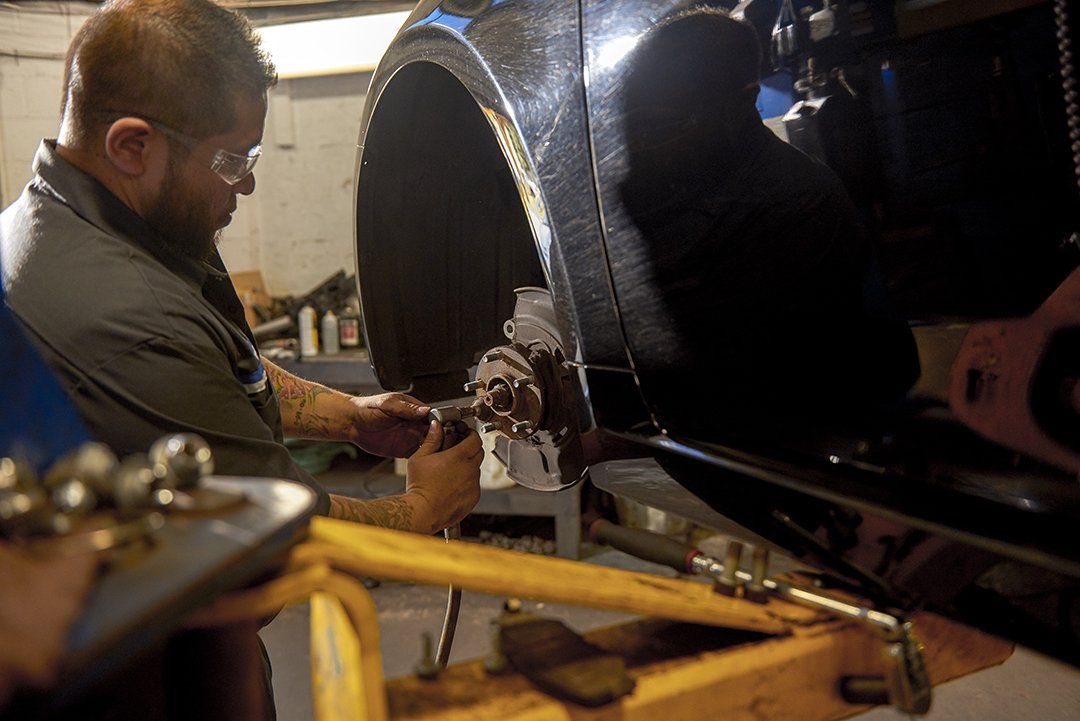Modern vehicles often come furnished with either Four-Wheel Drive (4WD) or Four-wheel Drive (AWD) systems, both made to enhance traction and control. While they serve similar objectives, their applications and functionalities vary.
4WD systems, generally found in trucks and SUVs, are crafted for off-road problems and heavy towing. They permit motorists to change in between two-wheel drive (2WD) and 4WD settings, supplying adaptability based on surface and driving needs. This flexibility guarantees ideal performance whether navigating city roads or tough tracks. The included components in 4WD systems can lead to increased maintenance demands and possible for repair work.

AWD systems, on the various other hand, are normally located in sedans, station wagons, and sporting activities automobiles. These systems immediately disperse power to all 4 wheels, enhancing traction in various driving problems without chauffeur treatment. While AWD uses boosted dealing with and stability, particularly in damaging weather condition, it additionally introduces additional mechanical intricacy, which may necessitate extra constant upkeep.
Normal examinations and upkeep are important for both systems to make certain durability and reliability. Parts such as differentials, transfer instances, and centers ought to be routinely examined by certified specialists. Proper maintenance not only protects against expensive repair work yet additionally makes sure that your car executes optimally, despite the driving conditions.

Check for more info at Logan Square Auto Repair - Four-Wheel-Drive System Service & Repair Facebook Youtube Instagram
Navigation
Latest Posts
Discover the New Lexus TX SUV at Lexus of Edison
Friendly Lincoln - Unlock Deals on Premium Pre-Owned Lincolns – Explore Now!
Experience Exceptional Solution at Modern Subaru